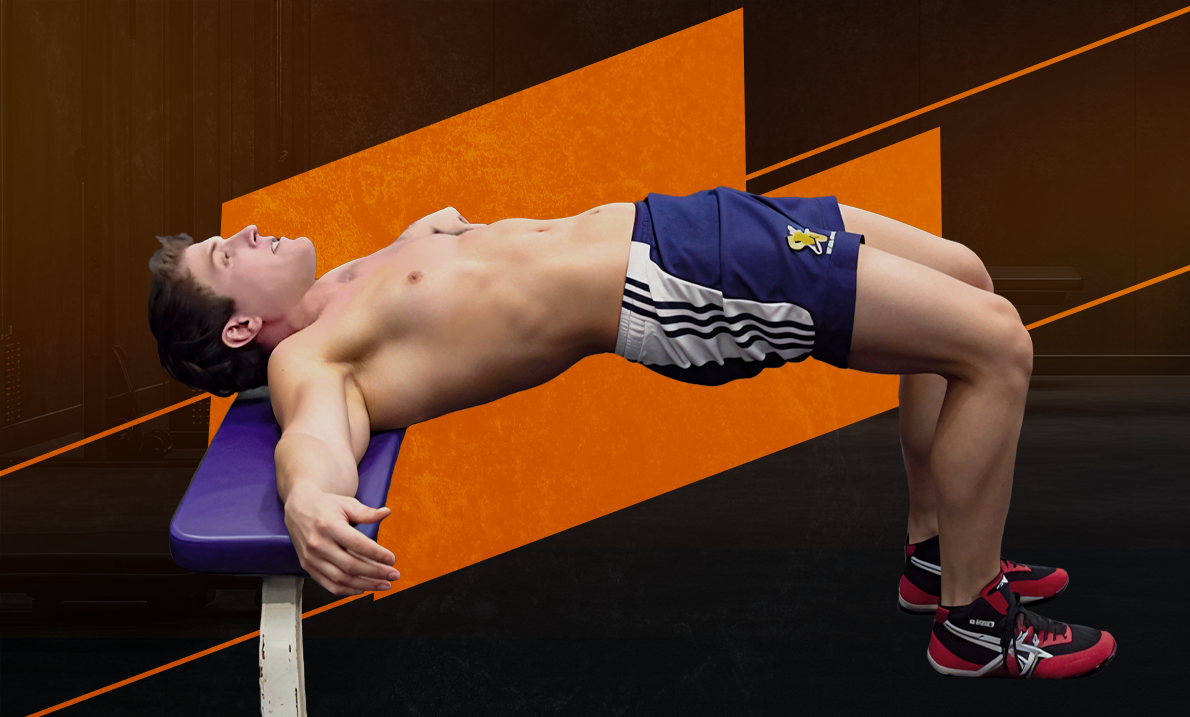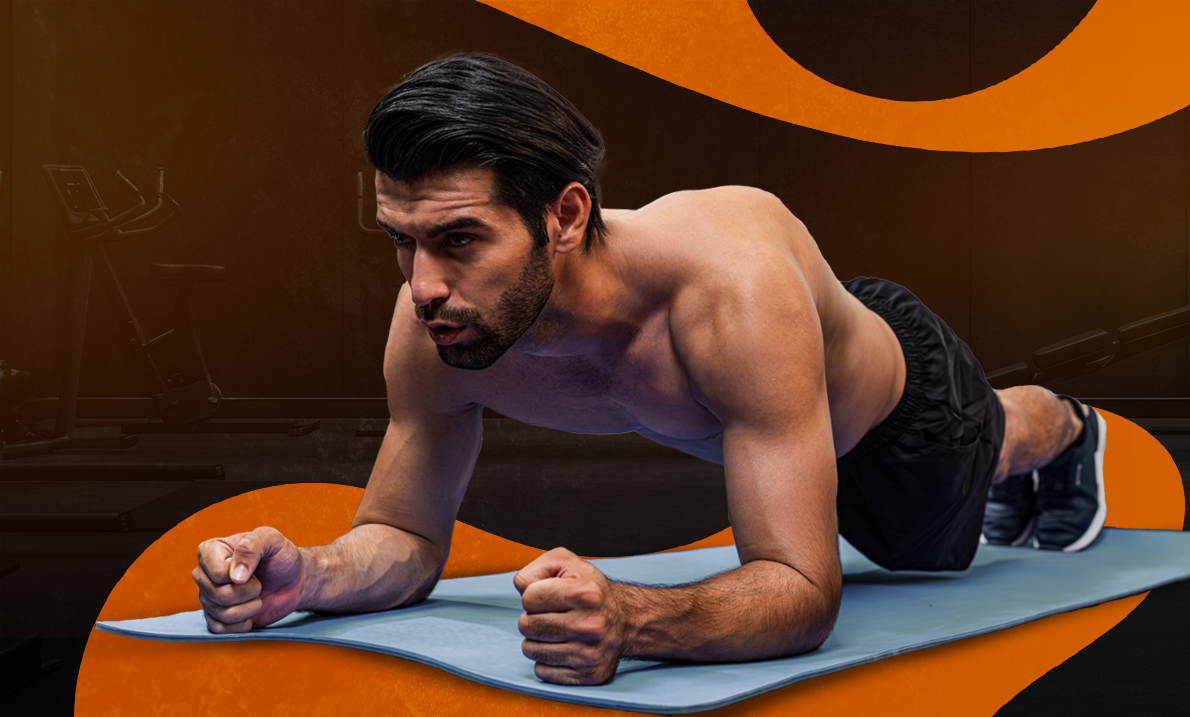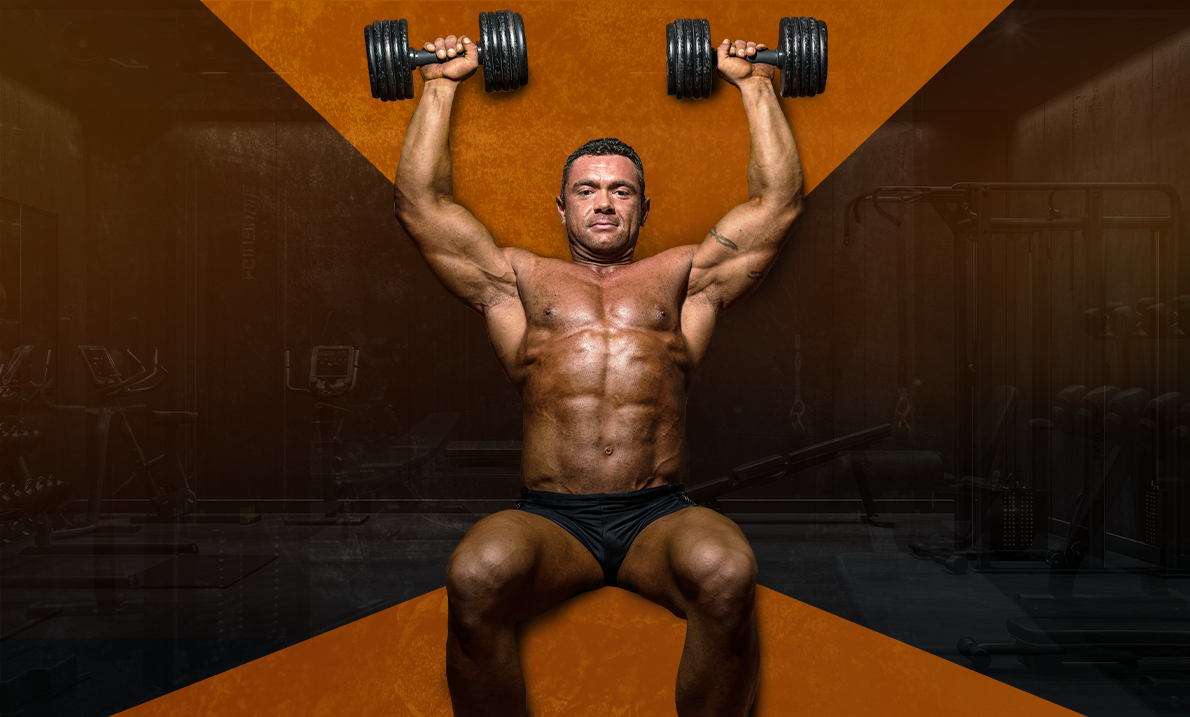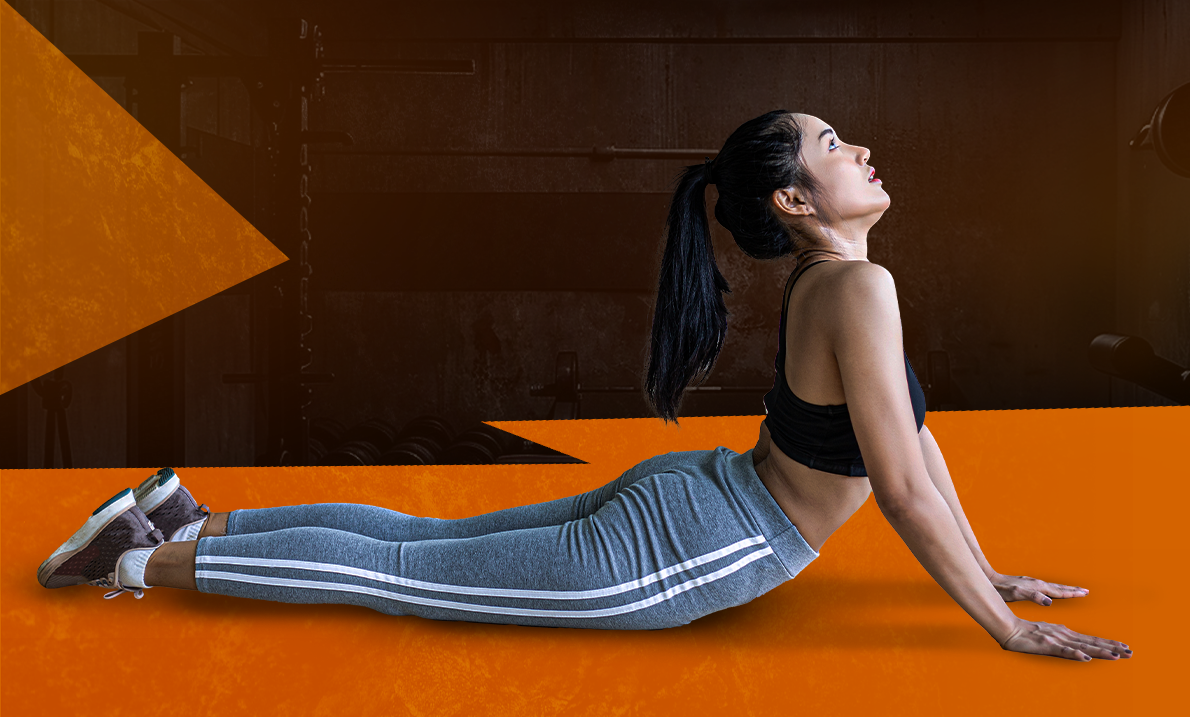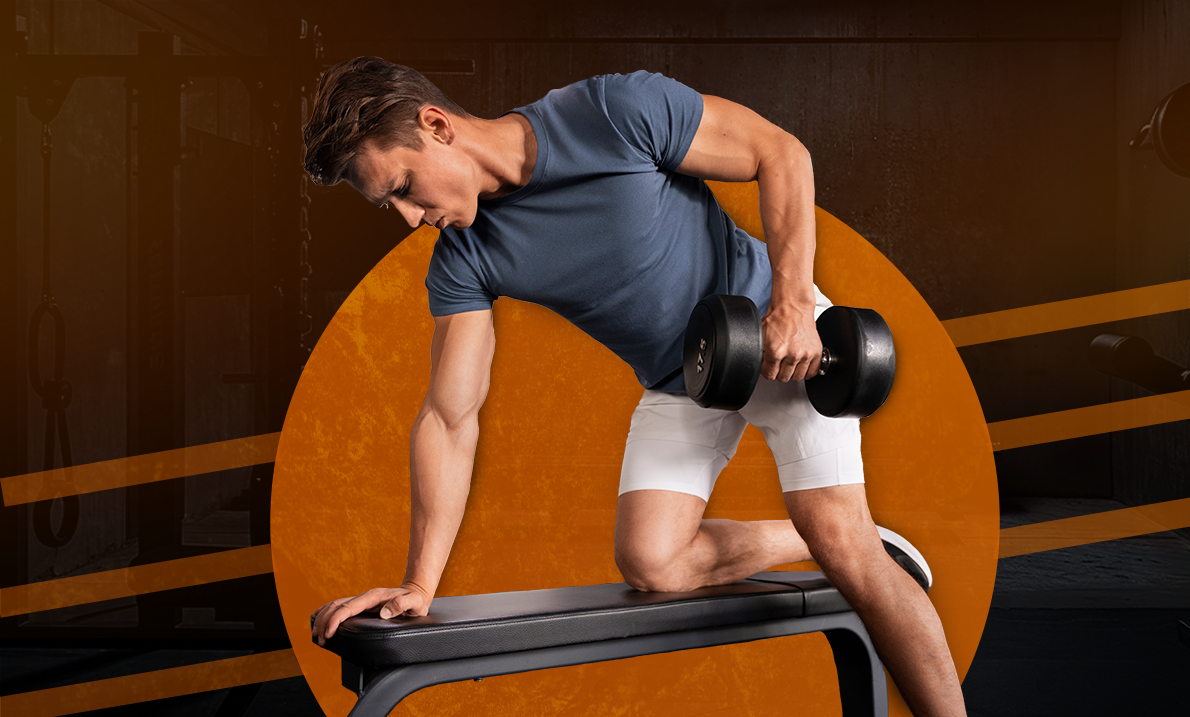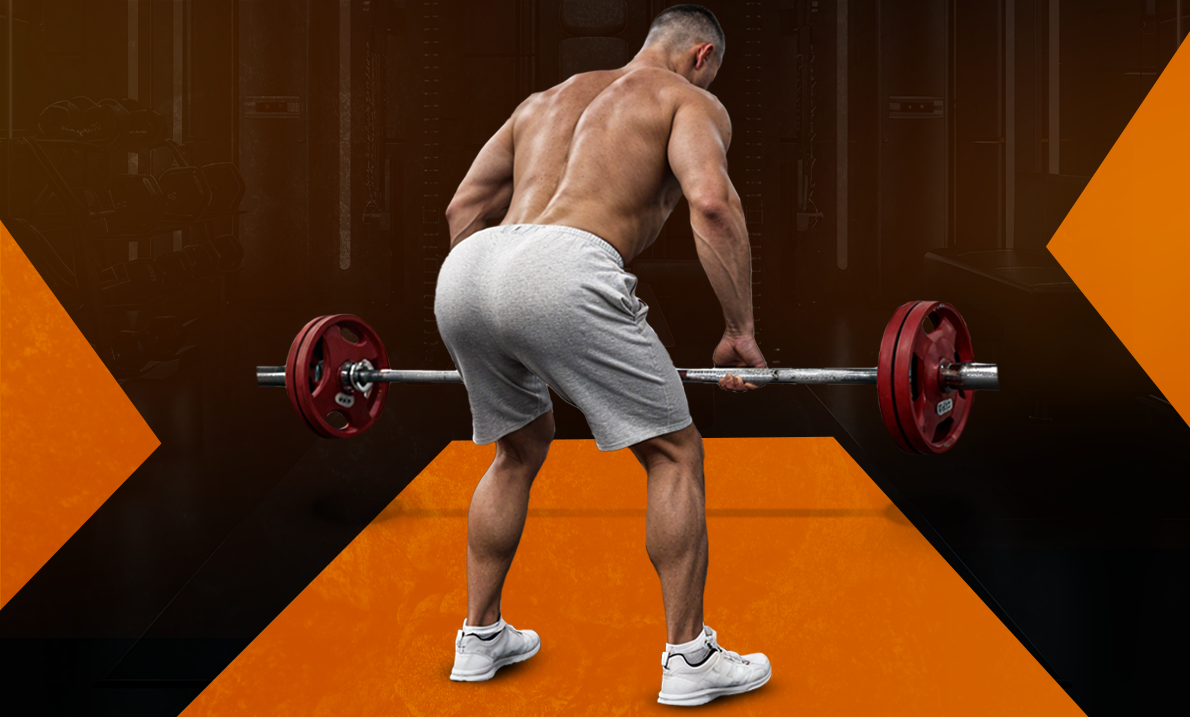The squat is a staple exercise that engages multiple muscle groups in the lower body, making it one of the most effective movements for building strength and functional fitness. Whether you’re looking to enhance athletic performance, improve mobility, or simply increase your daily functional strength, squats are an essential exercise that provides a wide range of benefits. They’re not just for athletes—squats play a vital role in improving your posture, flexibility, and balance, all of which are crucial for daily activities such as walking, climbing stairs, and lifting objects.
Squats also help to activate the largest muscle groups in your body, including the quads, hamstrings, and glutes, giving you a full-body workout in one efficient movement. By incorporating squats into your fitness routine, you’ll develop a solid foundation of strength that benefits every aspect of your physical performance.
MUSCLES WORKED IN GOBLET SQUATS
Squats are a compound exercise that targets the legs, core, and lower body, promoting strength and stability.
Primary Muscles Worked
- Quadriceps: Located at the front of your thighs, these muscles straighten your knees as you rise, making them the main movers during the upward phase of the squat.
- Glutes: The gluteus maximus plays a major role in hip extension, helping you stand up tall from the squat position.
- Hamstrings: The muscles at the back of your thighs assist in extending your hips and stabilizing the knee joint.
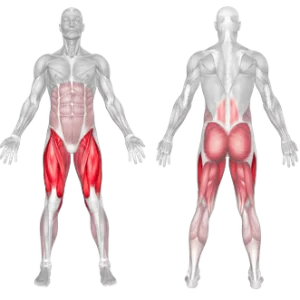
Secondary Muscles Worked
- Calves (Gastrocnemius & Soleus): These muscles help stabilize your ankles during the movement.
- Core Muscles: Your core stabilizes your body to maintain posture and prevent tipping forward during the squat.
- Adductors: The inner thigh muscles contribute to leg stability and alignment during the squat.
BENEFITS OF THE GOBLET SQUAT
Adding squats to your training routine offers numerous benefits beyond just building stronger legs.
Builds Lower Body Strength
Target the quads, hamstrings, and glutes for a stronger lower body.
Improves Flexibility & Mobility
Increases hip mobility and ankle flexibility, which enhances daily movement.
Enhances Balance & Coordination
Engages stabilizer muscles to improve your balance and body awareness.
Requires No Equipment, Just Bodyweight
Perfect for home workouts and outdoor fitness, as no special equipment is needed.
HOW TO DO A SQUAT WITH PROPER FORM?
Mastering proper form is essential for maximising effectiveness and preventing injury. Here’s a step-by-step guide to performing a squat correctly:
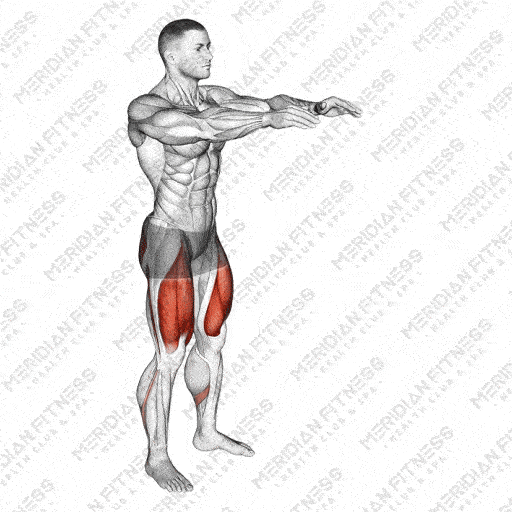
STEP 1: THE SETUP
- Stand Tall – Position your feet shoulder-width apart, with toes slightly angled outward. Keep your body upright.
- Engage Core – Activate your core muscles to maintain posture and protect your lower back throughout the movement.
STEP 2: THE SQUAT MOVEMENT
- Starting Position – Stand with feet slightly wider than shoulder-width apart, toes pointing outward slightly.
- Lower Your Body – Initiate the movement by pushing your hips back and bending your knees, aiming to lower yourself as if sitting down in an invisible chair.
- Depth – Aim to bring your thighs parallel to the floor or go deeper while keeping a neutral spine and proper form.
- Return to Standing – Push through your heels to return to the starting position, fully extending your legs without locking your knees.
COMMON MISTAKES TO AVOID
To get the most from your goblet squats and prevent injury, be mindful of these common mistakes:
Knee Alignment
Ensure your knees stay aligned with your toes and don’t cave inward.
Round Back
Maintain a neutral spine throughout the squat, avoiding rounding or excessive arching of the back.
Shallow Squat
Aim for full range of motion by lowering your thighs to parallel with the ground, or deeper if possible.
Heels Lifting
Keep your heels planted firmly on the ground during the squat to maintain balance and stability.
MODIFICATIONS AND VARIATIONS for Squats
To keep your workouts fresh and challenge your muscles differently, try these variations:
Goblet Squat
Hold a dumbbell or kettlebell close to your chest for added resistance, increasing the challenge for the quads and core.
Jump Squat
Add a jump to the upward phase for an explosive movement that improves power and cardiovascular conditioning.
Single-Leg Squat
Perform the squat on one leg to engage the glutes and core even more, improving balance and stability.
Sumo Squat
Widen your stance and point your toes outward to target the inner thighs and glutes.
Reps and Sets for All Levels
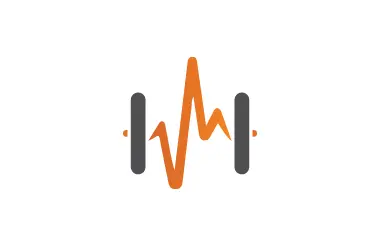
Beginner
3 sets of 10-12 reps – Focus on proper form and controlled movement.
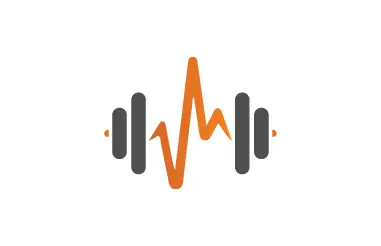
Intermediate
4 sets of 12-15 reps – Increase reps to challenge strength and endurance.
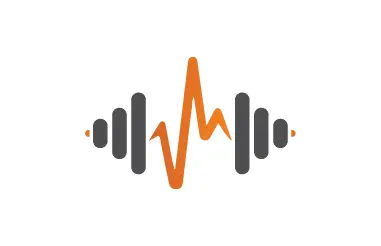
Advanced
4 sets of 20+ reps or incorporate pulses at the bottom of the squat for an added challenge.
The goblet squat is a fantastic lower-body strength builder that improves mobility, core stability, and squat mechanics. Whether you’re new to squatting or a seasoned lifter, this exercise should be a staple in your routine.
Looking for expert coaching? If you’re in Greenwich, London, join Meridian Fitness for guided strength training and personalised workouts!

